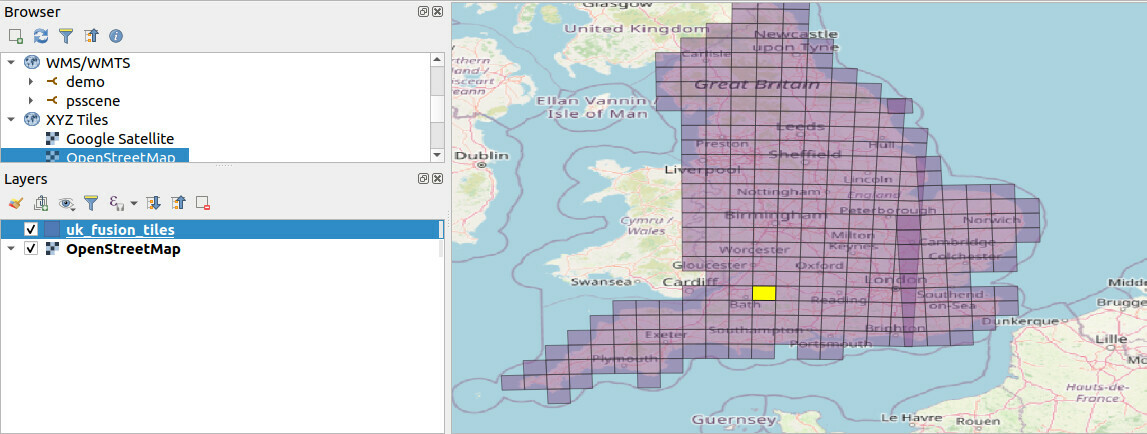Hi team,
I’m currently working on a project involving SH Statistics API and have encountered some challenges that I’m hoping to find solutions or suggestions for.
Objective:
Extract a time series of Planet Fusion quality metric , specifically when the QA band is equal to 0, on a tile level.
Challenge:
- Scale: We have a 3m fusion tile every day and the geometries involved are quite substantial in size. The maximum resolution of my collection is 500m, which does not seem to make much of a difference.
Issues:
- Timeout Error: A persistent time_out error occurs during getting the data.
- Download duration: Even after adjusting
SHConfig(max_download_attempts=50), the download times never succeed.
Alternative being considered:
I’m considering avoiding the client to get a better understanding of the response.
Questions
- Has anyone experienced similar issues related to timeouts or extended download times with SentinelHub, especially when dealing with large geometries?
- Is there an alternative approach to extract time series more optimally without encountering these issues, perhaps batch?
- Any insights or suggestions for handling data extraction and management efficiently in this context?
Additional Information
> import geopandas as gpd
> from sentinelhub import (
> CRS,
> DataCollection,
> Geometry,
> SentinelHubStatistical,
> SHConfig,
> )
>
> from .constants import COLLECTION_ID
> import logging
>
> logging.basicConfig(level=logging.INFO)
>
> evalscript = """
> //VERSION=3
> function setup() {
> return {
> input: [{
> bands: [
> "QA2",
> "dataMask"
> ]
> }],
> output: [
> {
> id: "data",
> bands: 1
> },
> {
> id: "dataMask",
> bands: 1
> }]
> }
> }
> function evaluatePixel(sample) {
> return {
> data: [sample.QA2 == 0],
> dataMask: [sample.dataMask]
> }
> }
> """
>
> gdf = gpd.read_file(
> "/path/to/tiles.geojson"
> ).to_crs(3857)
> gdf = gdf.explode().reset_index(drop=True)
> geom = gdf.geometry.values[0]
>
> config = SHConfig(max_download_attempts=100)
> aggregation = SentinelHubStatistical.aggregation(
> evalscript=evalscript,
> time_interval=("2022-01-01", "2023-08-01"),
> aggregation_interval="P1D",
> resolution=(500, 500),
> )
> request = SentinelHubStatistical(
> aggregation=aggregation,
> input_data=[
> SentinelHubStatistical.input_data(
> DataCollection.define_byoc(COLLECTION_ID),
> ),
> ],
> geometry=Geometry(geom, CRS(gdf.crs)),
> config=config,
> data_folder="/path/to/dir",
> )
>
> response = request.get_data(show_progress=True, save_data=True)
Tile size:


